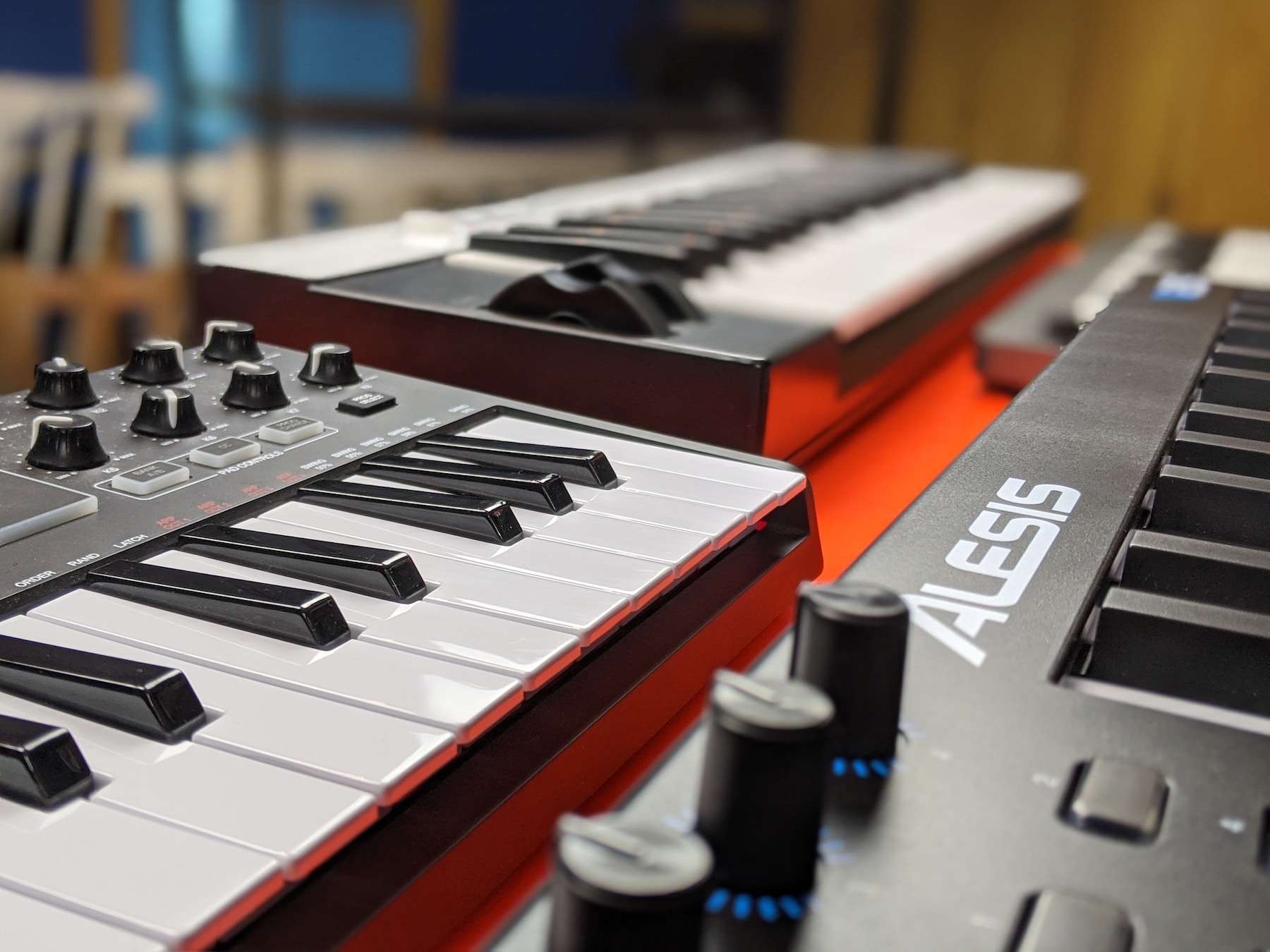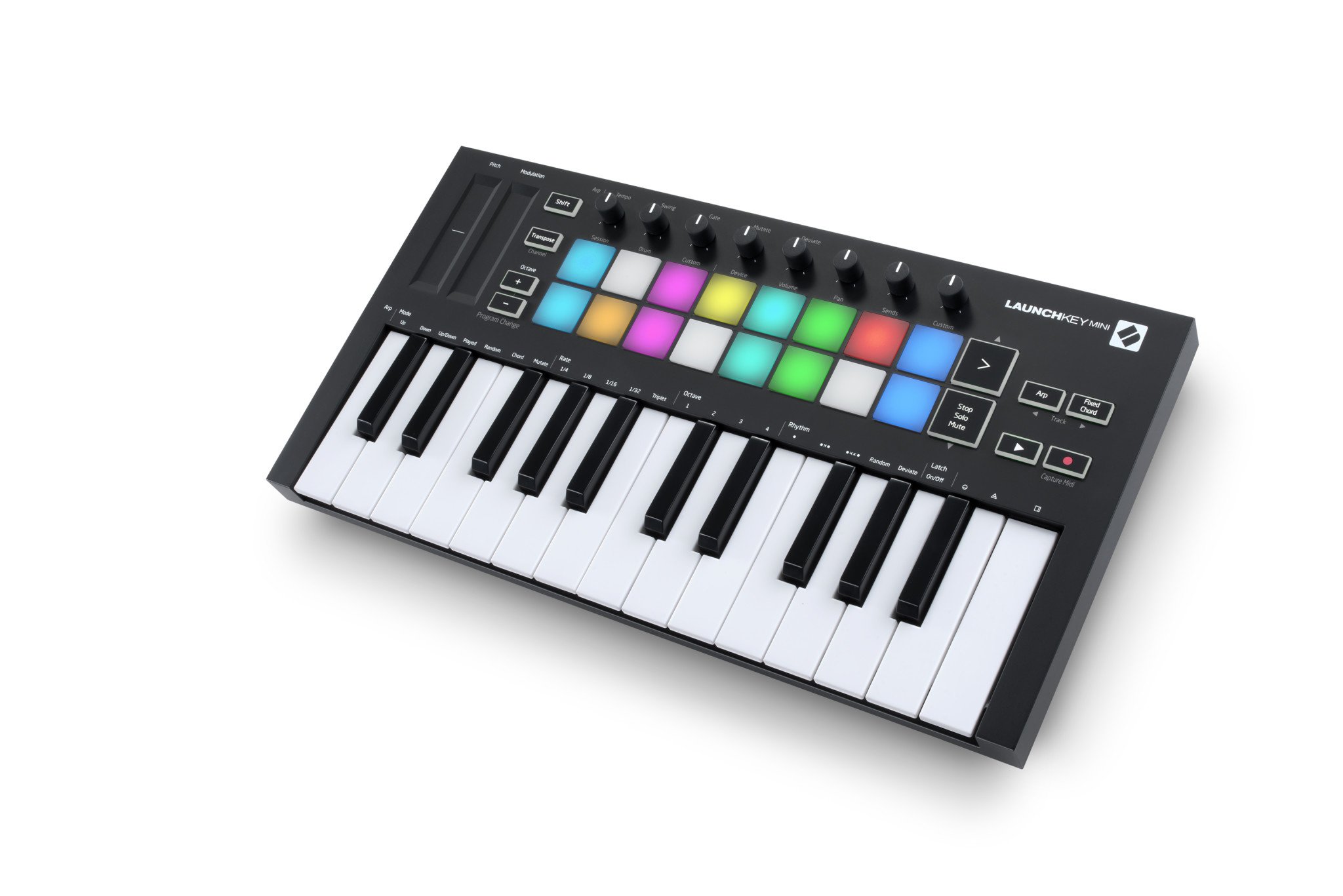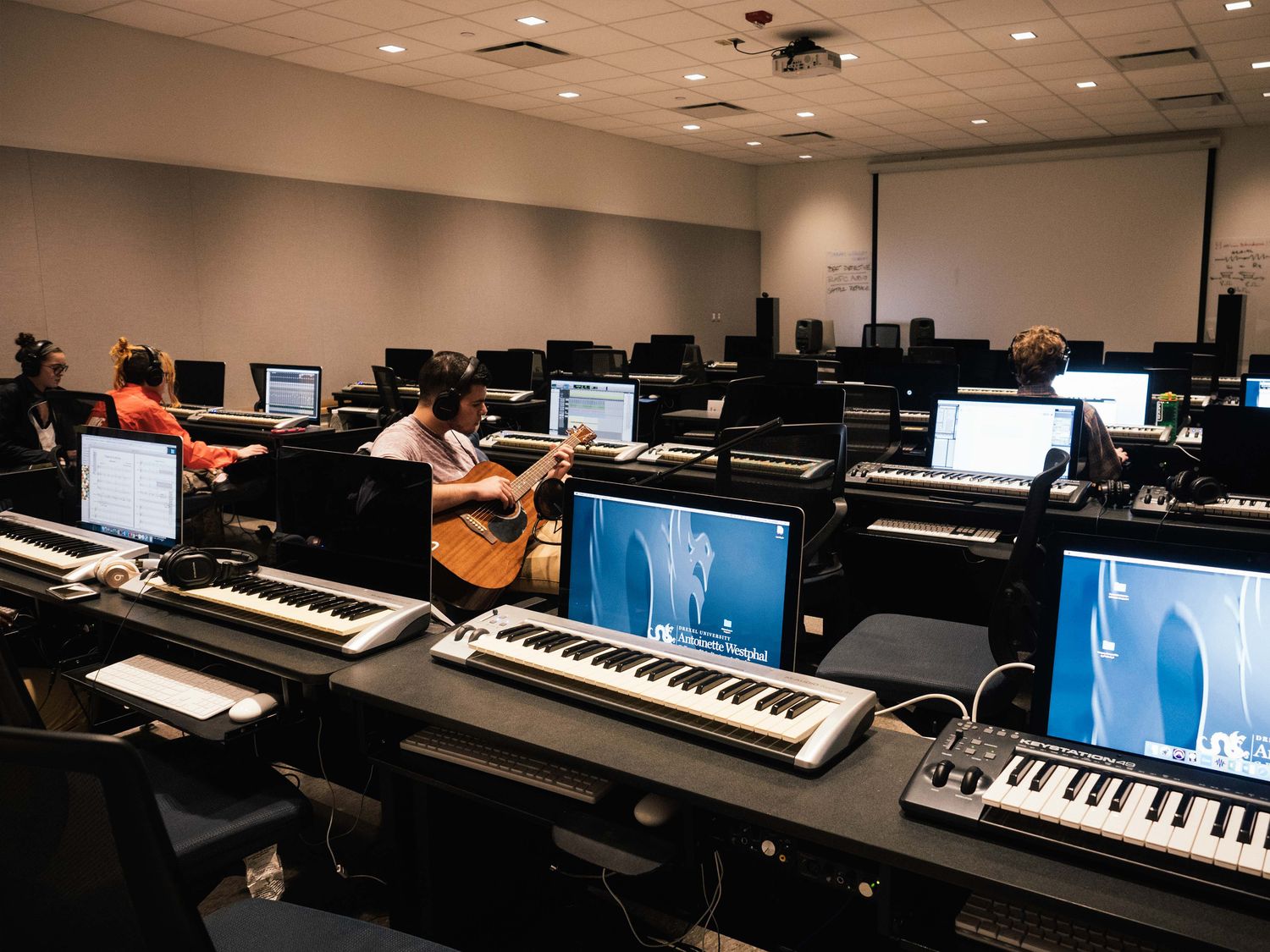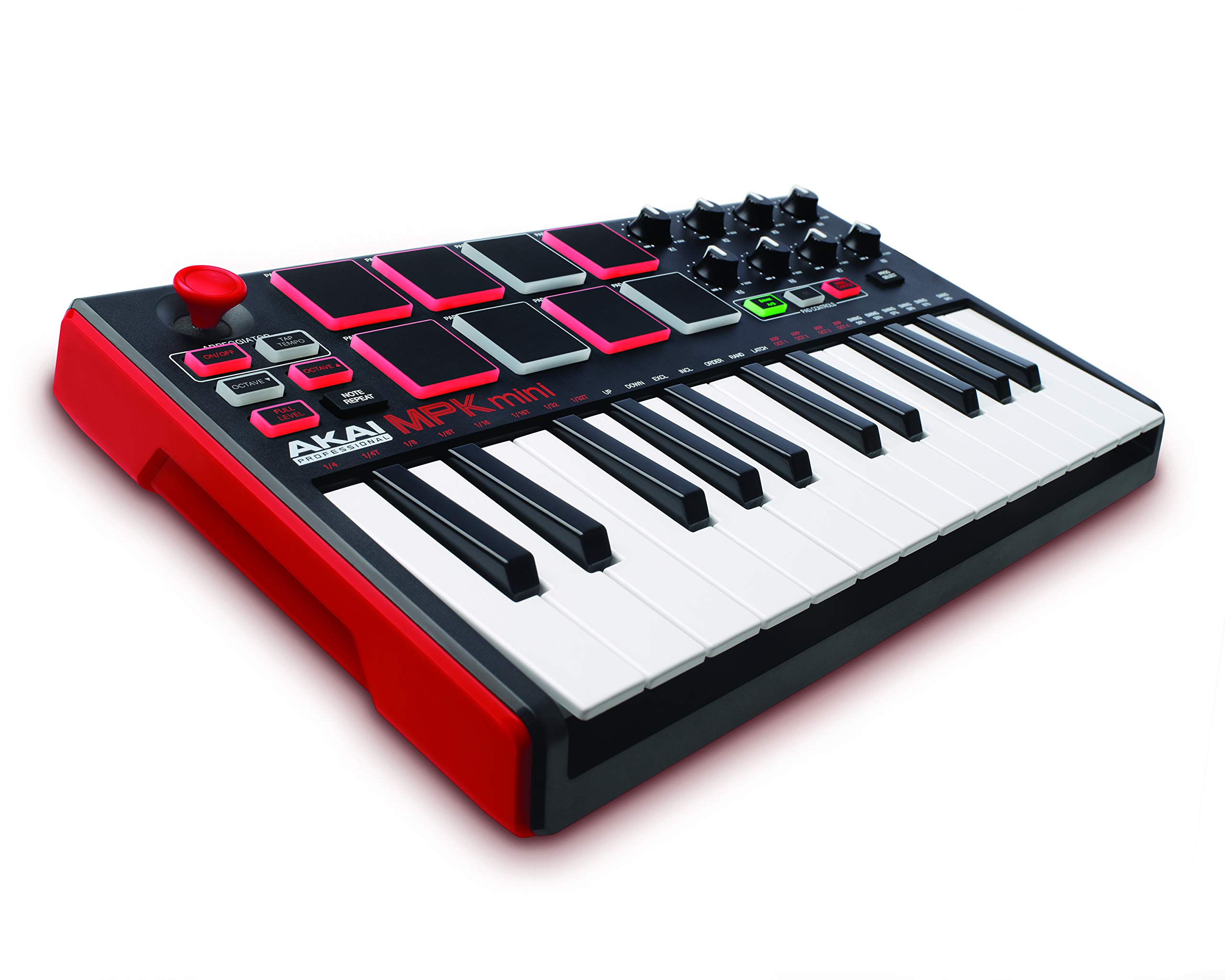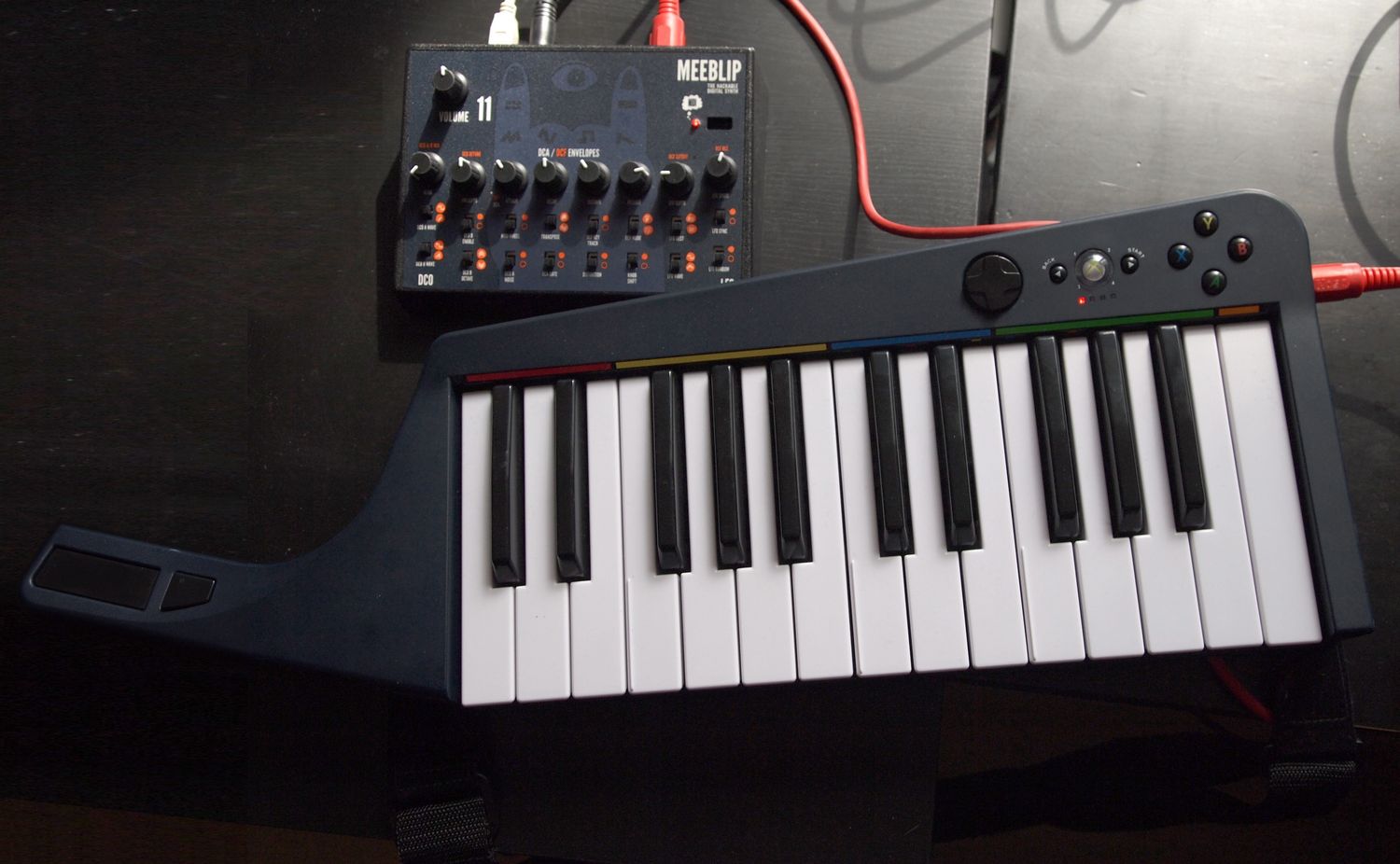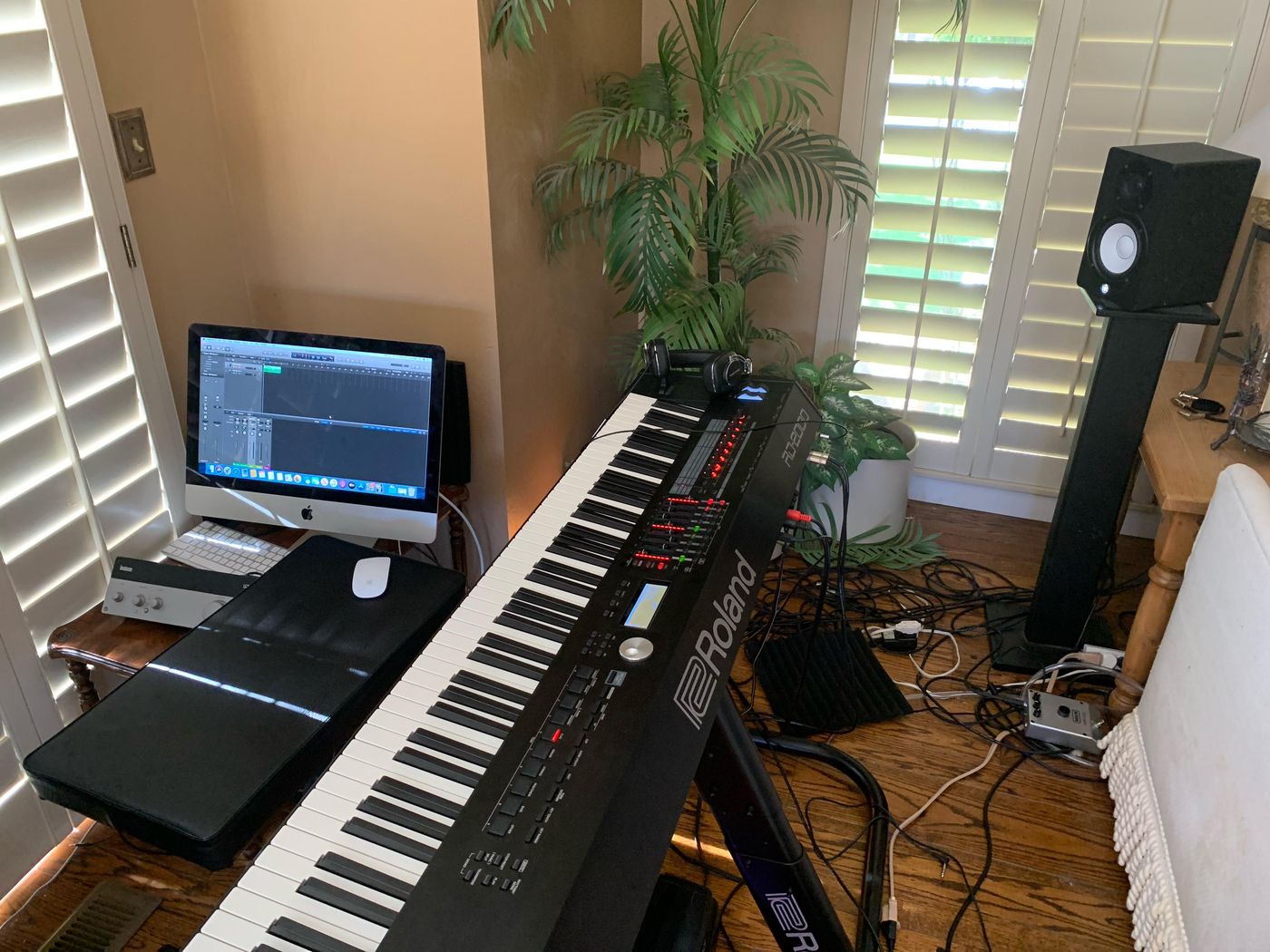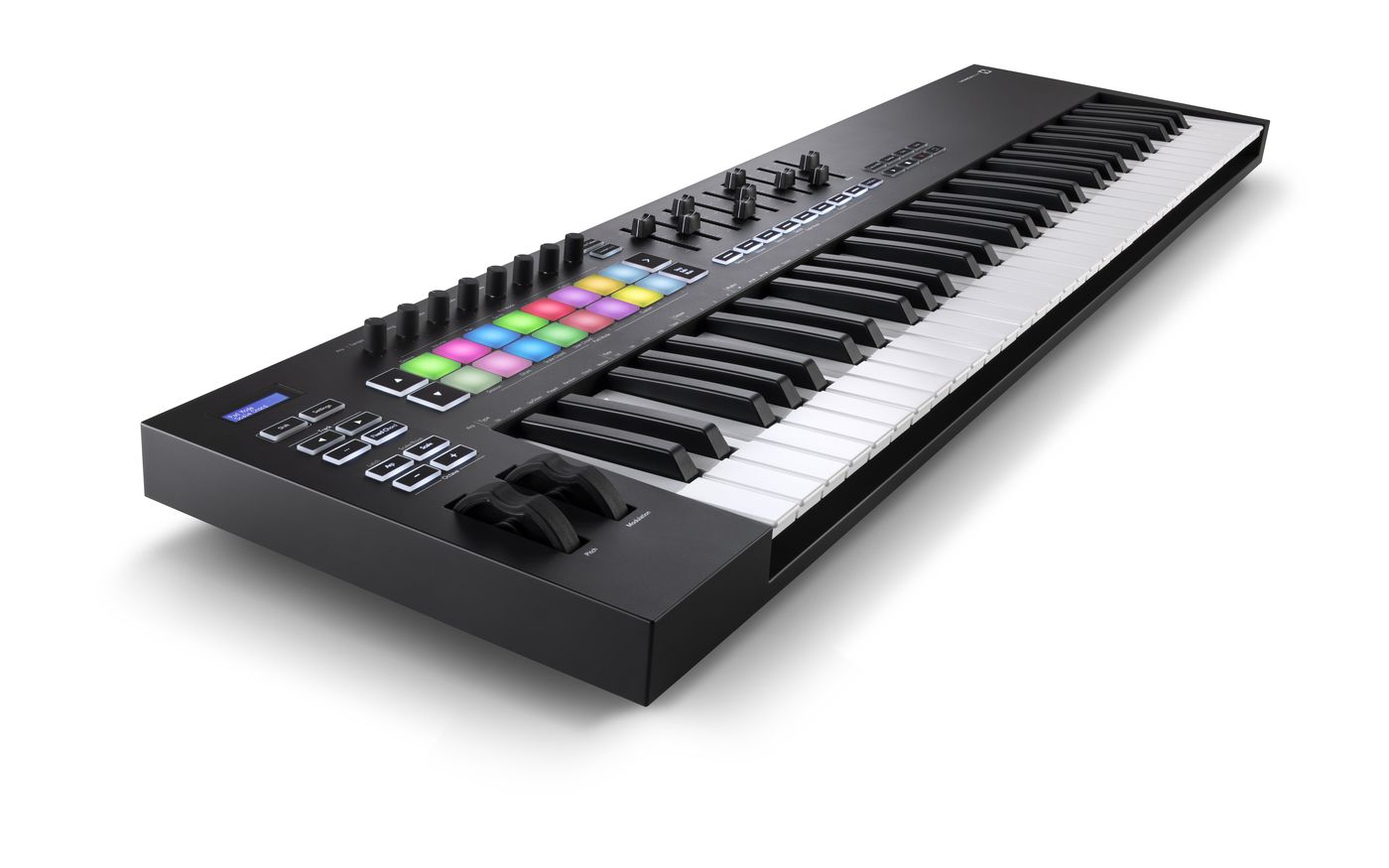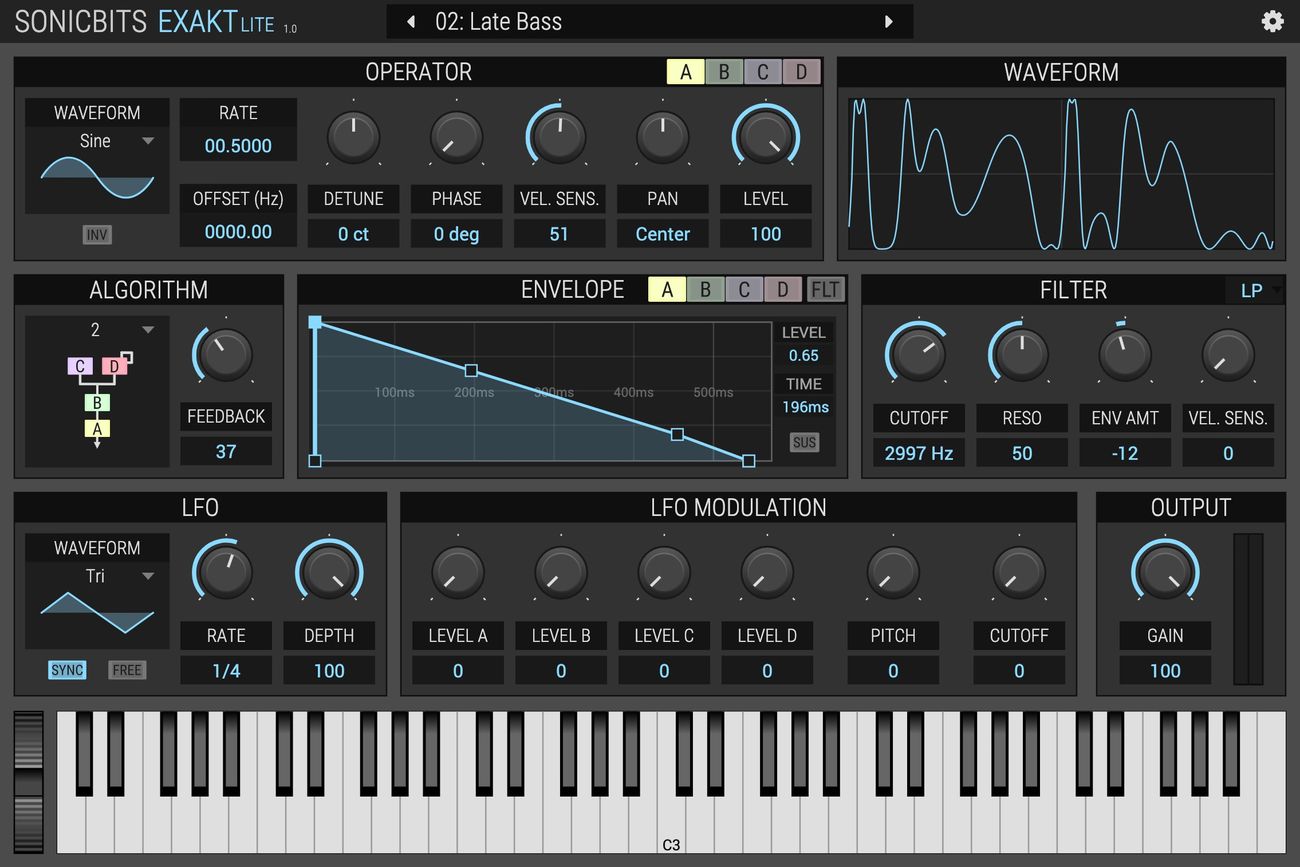Home>Production & Technology>MIDI>What Is A MIDI Keyboard Used For
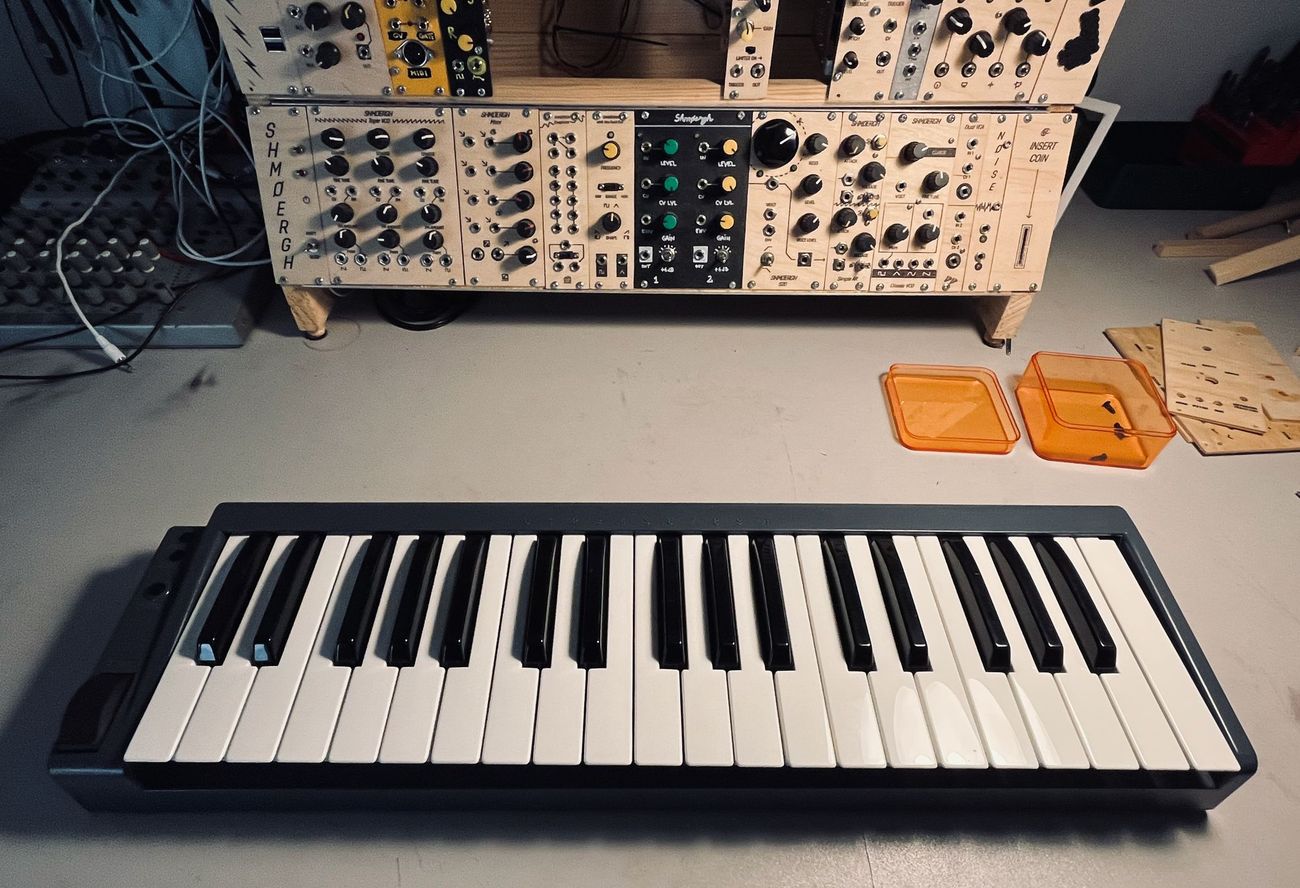

MIDI
What Is A MIDI Keyboard Used For
Published: February 22, 2024
Discover the versatility and functionality of MIDI keyboards. Learn how MIDI technology enhances music production and performance. Explore the uses of MIDI keyboards.
(Many of the links in this article redirect to a specific reviewed product. Your purchase of these products through affiliate links helps to generate commission for AudioLover.com, at no extra cost. Learn more)
Table of Contents
Introduction
MIDI, which stands for Musical Instrument Digital Interface, has revolutionized the music industry since its inception in the early 1980s. At its core, MIDI is a communication protocol that enables electronic musical instruments, computers, and other devices to connect and interact with each other. One of the most popular and versatile tools that utilize MIDI technology is the MIDI keyboard, also known as a MIDI controller.
MIDI keyboards come in various shapes and sizes, but they all serve the same fundamental purpose: to translate musical input into digital data that can be manipulated, recorded, and played back. These keyboards typically feature piano-style keys, but they can also include drum pads, knobs, sliders, and other controls that allow musicians to express their creativity in diverse ways.
In this article, we will delve into the multifaceted uses of MIDI keyboards, exploring how they have become indispensable tools for musicians, producers, and performers across different genres and industries. Whether you are a seasoned music professional or an aspiring enthusiast, understanding the capabilities of MIDI keyboards can open up a world of possibilities for your musical endeavors.
Creating and Recording Music
MIDI keyboards are integral to the process of creating and recording music in modern studios. These versatile instruments serve as the primary interface for musicians and producers to input musical data into digital audio workstations (DAWs) and software synthesizers. Whether composing intricate melodies, crafting complex chord progressions, or programming drum patterns, MIDI keyboards offer an intuitive and expressive platform for capturing musical ideas.
One of the key advantages of MIDI keyboards in music creation is their ability to facilitate seamless integration with a wide array of virtual instruments and software plugins. By connecting a MIDI keyboard to a computer or a hardware MIDI interface, musicians can harness the power of virtual instruments such as synthesizers, samplers, and drum machines. This integration empowers artists to explore a vast sonic palette, experiment with different sounds, and sculpt their musical compositions with precision.
Furthermore, MIDI keyboards enable musicians to record performances with exceptional accuracy and flexibility. Each key press, modulation, and expression is captured as MIDI data, allowing for precise editing and manipulation during the production process. This level of control is invaluable for refining musical performances, adjusting note velocities, and adding nuanced articulations that breathe life into the music.
In addition to traditional piano-style keys, many MIDI keyboards feature assignable controls such as knobs, sliders, and pads, offering a tactile means of shaping sounds and triggering musical elements. These additional controls provide a hands-on approach to sound design, allowing musicians to modulate parameters in real-time and infuse their compositions with dynamic textures and rhythmic variations.
Moreover, MIDI keyboards often support polyphonic aftertouch and velocity sensitivity, enabling musicians to convey expressive nuances and dynamics in their performances. Whether it's the gentle swell of a string section or the percussive attack of a drum pattern, MIDI keyboards empower artists to imbue their music with a human touch, transcending the limitations of static, pre-recorded audio.
In essence, MIDI keyboards play a pivotal role in the creative process of music production, offering a versatile and intuitive platform for musicians and producers to bring their musical visions to life. With their seamless integration, expressive capabilities, and dynamic controls, MIDI keyboards have become indispensable tools for capturing inspiration, shaping sounds, and realizing the full potential of musical expression in the digital age.
Controlling Virtual Instruments
MIDI keyboards serve as powerful interfaces for controlling virtual instruments, unlocking a world of sonic possibilities for musicians and producers. Through the seamless integration of MIDI technology, these keyboards enable users to manipulate and play virtual instruments with remarkable precision and expressiveness.
When connected to a computer or hardware MIDI interface, MIDI keyboards establish a direct link to virtual instruments, including software synthesizers, sample libraries, and drum modules. This connection allows musicians to harness the expansive sound libraries and sonic capabilities of virtual instruments, transcending the limitations of traditional hardware-based setups.
One of the primary advantages of using a MIDI keyboard to control virtual instruments is the intuitive and tactile experience it provides. With piano-style keys that replicate the feel of acoustic pianos, musicians can articulate melodies, harmonies, and intricate musical passages with natural fluidity. This tactile feedback enhances the connection between the artist and the music, enabling nuanced performances that resonate with emotion and depth.
Moreover, MIDI keyboards often feature additional controls such as knobs, sliders, and pads, which can be assigned to manipulate various parameters within virtual instruments. These assignable controls empower musicians to modulate sound parameters in real-time, sculpting timbres, shaping envelopes, and adding dynamic expressions to their performances. Whether it's adjusting filter cutoff frequencies, manipulating modulation depths, or triggering rhythmic patterns, these controls offer a hands-on approach to sound design and performance.
Furthermore, MIDI keyboards with polyphonic aftertouch and velocity sensitivity enable users to convey nuanced dynamics and expressive articulations while controlling virtual instruments. From subtle swells and crescendos to percussive accents and staccato passages, these expressive capabilities imbue virtual instrument performances with a human touch, breathing life into digital soundscapes.
In essence, MIDI keyboards serve as versatile and expressive tools for controlling virtual instruments, empowering musicians to explore a boundless realm of sonic creativity. With their seamless integration, tactile controls, and expressive capabilities, MIDI keyboards have redefined the way musicians interact with virtual instruments, fostering a deeper connection between the artist and the music they create.
Live Performance
MIDI keyboards have revolutionized the landscape of live music performance, offering musicians and performers unprecedented flexibility, expressiveness, and sonic versatility on stage. Whether in solo acts, bands, or electronic music ensembles, MIDI keyboards have become indispensable tools for bringing musical performances to life in a dynamic and captivating manner.
One of the key advantages of using MIDI keyboards in live performance is the seamless integration with software and hardware instruments. By connecting MIDI keyboards to laptops, synthesizers, and sound modules, performers can access an expansive array of sounds and textures, transcending the limitations of traditional instrument setups. This versatility allows for seamless transitions between different musical elements, from lush orchestral textures to pulsating electronic beats, enhancing the sonic richness and depth of live performances.
Furthermore, MIDI keyboards offer a tactile and expressive platform for musicians to convey their musical ideas with precision and emotion on stage. With piano-style keys that replicate the feel of acoustic instruments, performers can deliver intricate melodies, expressive harmonies, and dynamic solos with natural fluidity and nuance. The addition of assignable controls such as knobs, sliders, and pads further enriches the live performance experience, enabling artists to modulate sound parameters, trigger samples, and shape sonic textures in real-time, captivating audiences with immersive and engaging musical expressions.
Moreover, MIDI keyboards with polyphonic aftertouch and velocity sensitivity empower performers to infuse their live performances with expressive dynamics and articulations. From delicate swells and crescendos to percussive accents and rhythmic variations, these expressive capabilities imbue live music with a human touch, fostering a deeper connection between the artist and the audience. Whether it's a soaring lead melody, a pulsating bassline, or a rhythmic arpeggio, MIDI keyboards enable performers to deliver captivating and memorable live performances that resonate with energy and emotion.
In essence, MIDI keyboards have redefined the possibilities of live music performance, empowering musicians and performers to unleash their creativity, expressiveness, and sonic vision on stage. With their seamless integration, tactile controls, and expressive capabilities, MIDI keyboards have become essential companions for artists seeking to captivate audiences, elevate live performances, and push the boundaries of musical expression in the live setting.
Music Production and Composition
Music production and composition represent the heart and soul of the creative process in the music industry, and MIDI keyboards play a pivotal role in shaping and realizing musical ideas with unparalleled flexibility and precision. These versatile instruments serve as indispensable tools for composers, arrangers, and producers, providing a dynamic and expressive platform for crafting intricate musical arrangements, sculpting sonic textures, and bringing compositions to life.
In the realm of music production, MIDI keyboards serve as the primary interface for inputting musical data into digital audio workstations (DAWs) and software synthesizers. Whether it's laying down melodic motifs, harmonizing chord progressions, or programming rhythmic elements, MIDI keyboards offer an intuitive and responsive means of capturing musical inspiration. The seamless integration of MIDI technology enables composers and producers to explore a vast array of virtual instruments and sound libraries, transcending the constraints of traditional hardware setups and expanding the sonic palette with limitless possibilities.
Moreover, MIDI keyboards empower composers and producers to infuse their compositions with expressive nuances and dynamic performances. With polyphonic aftertouch and velocity-sensitive keys, musicians can convey subtle articulations, emotive phrasing, and nuanced dynamics, imbuing their compositions with a human touch that resonates with emotion and depth. The addition of assignable controls such as knobs, sliders, and pads further enhances the creative process, enabling users to shape sounds, modulate parameters, and add intricate textures with tactile precision.
Furthermore, MIDI keyboards facilitate seamless collaboration and iteration in the music production process. By capturing performances as MIDI data, composers and producers can refine and manipulate musical elements with unparalleled flexibility, allowing for precise editing, quantization, and arrangement adjustments. This level of control empowers artists to fine-tune compositions, experiment with different musical ideas, and realize the full potential of their creative vision with unparalleled precision and artistry.
In essence, MIDI keyboards have become indispensable companions for composers and producers in the realm of music production and composition, offering a versatile, expressive, and intuitive platform for capturing inspiration, shaping sonic landscapes, and bringing musical visions to fruition. With their seamless integration, expressive capabilities, and dynamic controls, MIDI keyboards have redefined the creative process, empowering artists to push the boundaries of musical expression and innovation in the digital age.
Conclusion
In conclusion, MIDI keyboards have evolved into indispensable tools that have profoundly impacted the landscape of music creation, performance, and production. From their pivotal role in capturing musical inspiration and shaping compositions to their expressive capabilities in live performance and seamless integration with virtual instruments, MIDI keyboards have redefined the possibilities of musical expression in the digital age.
The versatility and intuitive nature of MIDI keyboards have democratized access to creative expression, empowering musicians, producers, and performers to explore boundless sonic landscapes with precision and artistry. The seamless integration of MIDI technology has transcended the limitations of traditional hardware setups, offering a dynamic platform for accessing virtual instruments, software synthesizers, and sample libraries, thereby expanding the sonic palette and fostering innovation in music creation.
Moreover, the expressive capabilities of MIDI keyboards, including polyphonic aftertouch, velocity sensitivity, and assignable controls, have elevated the art of musical performance and composition, enabling artists to infuse their music with nuanced dynamics, emotive phrasing, and captivating textures. Whether in the studio, on stage, or in collaborative settings, MIDI keyboards have become essential companions for artists seeking to unleash their creativity and push the boundaries of musical expression.
Furthermore, MIDI keyboards have played a pivotal role in fostering a deeper connection between musicians and their craft, offering a tactile and immersive platform for translating musical ideas into digital data that can be refined, manipulated, and realized with unparalleled precision. This level of control has revolutionized the creative process, allowing artists to fine-tune compositions, experiment with different musical ideas, and bring their musical visions to fruition with exceptional artistry.
In essence, MIDI keyboards stand as a testament to the transformative power of technology in the realm of music, bridging the gap between traditional instrumentation and digital innovation. As the music industry continues to evolve, MIDI keyboards will undoubtedly remain at the forefront of creative expression, inspiring a new generation of artists to explore, innovate, and redefine the possibilities of musical artistry in the digital era.

